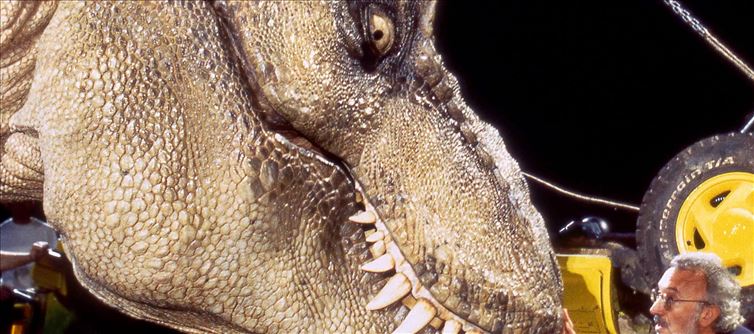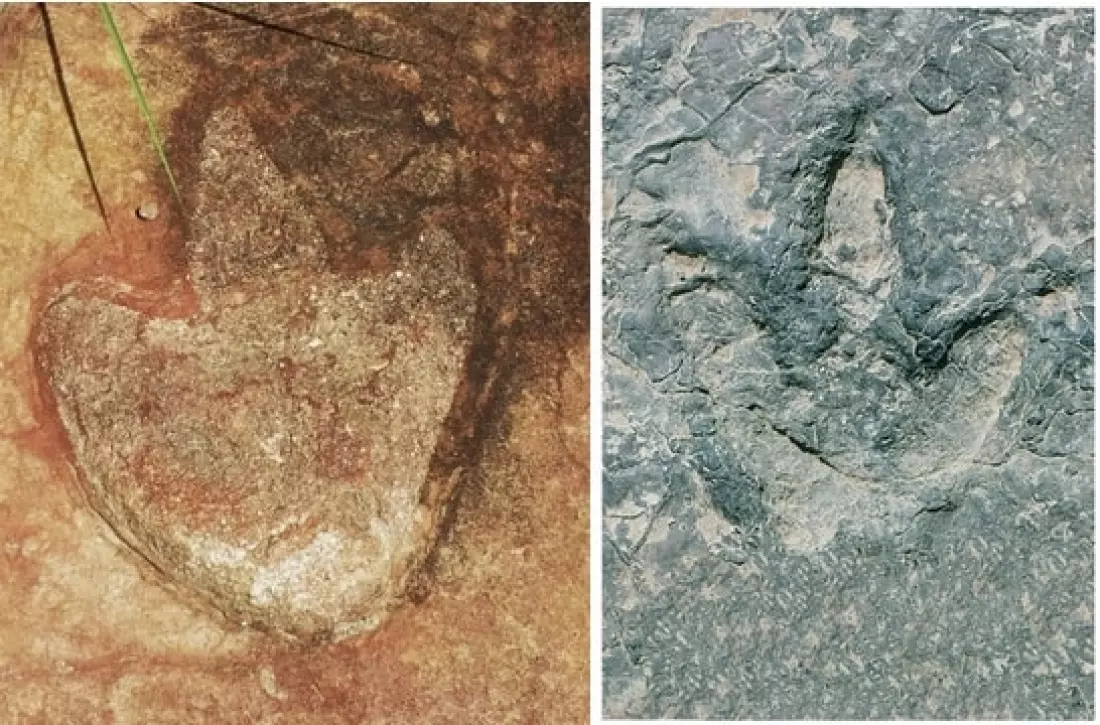
 According to a recent study, scientists have discovered similar dinosaur tracks that were produced along the small channel 120 million years ago, before the continents parted. These traces were discovered in what is now brazil and Cameroon. "There was only a narrow strip of land that united the two, and that strip of land is the corridor that we are discussing," stated Louis Jacobs, Southern Methodist University's emeritus professor of earth sciences.
According to a recent study, scientists have discovered similar dinosaur tracks that were produced along the small channel 120 million years ago, before the continents parted. These traces were discovered in what is now brazil and Cameroon. "There was only a narrow strip of land that united the two, and that strip of land is the corridor that we are discussing," stated Louis Jacobs, Southern Methodist University's emeritus professor of earth sciences. Leading a group of experts from across the world, Jacobs examined more than 260 footprints left by Early Cretaceous dinosaurs, primarily three-toed carnivorous theropods, though there may have been some sauropods or ornithischians as well.
Leading a group of experts from across the world, Jacobs examined more than 260 footprints left by Early Cretaceous dinosaurs, primarily three-toed carnivorous theropods, though there may have been some sauropods or ornithischians as well.Despite being 3,700 kilometers apart, they discovered that there were significant similarities between the ancient trails in both nations.
The dinosaur footprints, which were embedded in the silt of long-gone rivers and lakes, were similar in age, form, and geological characteristics. The Koum Basin in cameroon and the Borborema region of brazil both showed evidence of the key geological processes that caused the two continents to break apart, according to the experts.
Rivers and lakes may have served as the foundation for an ecosystem that included plants in addition to herbivores and predators in the ancient region that connected the two continents, according to the researchers' findings.




 click and follow Indiaherald WhatsApp channel
click and follow Indiaherald WhatsApp channel